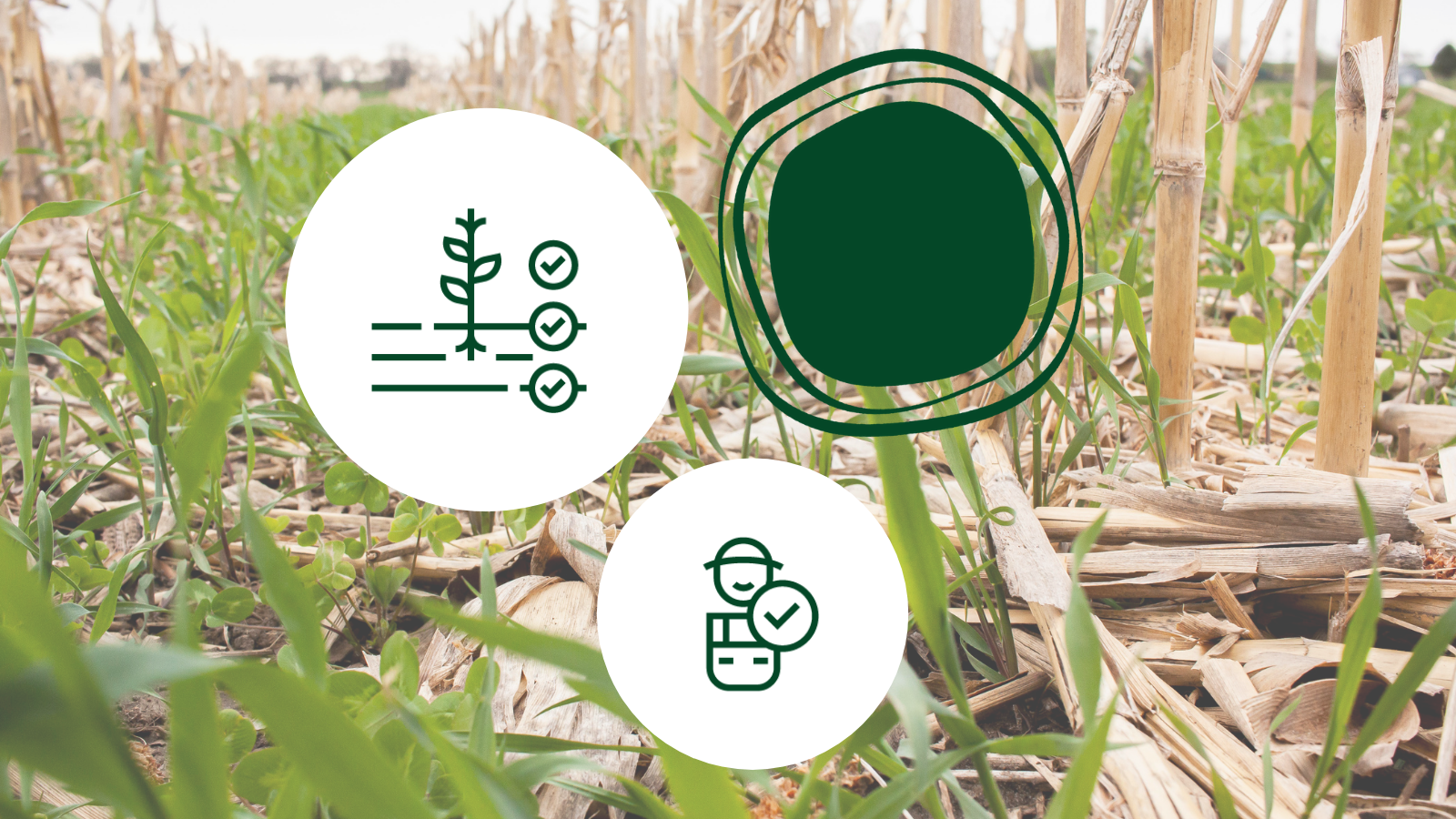The decision to adjust farm management practices is not an easy one for producers. Producers risk crop loss, changes in financial support (like crop insurance) and changes in profit when making even the smallest adjustments to their field, crop and soil management plans.
When those adjustments require significant amounts of resources and time — like the decision to move to no-till farming or cover cropping — producers face even more uncertainty. In an industry where every acre counts, how can we expect farmers to find and implement the best management practices, year after year?
We spoke with Jay Brandt, farmer in Fairfield County, Ohio and part owner of Walnut Creek Seeds. The Brandt family has been farming in Ohio since the 1970s. They began transitioning to more regenerative farming practices during that decade, and have made a slow transition to no-till farming and cover cropping over the last 50 years. Although the Brandt family has always advocated for regenerative farming practices, they understand that making a significant management change is tough.
“Culturally, in our farm practice [in Ohio] there’s a change in management as more individual farmers don’t have family members to take over,” Jay says. “Many have not continued to raise livestock, because it is fairly labor-intensive. Without livestock there’s no need for straw, and there’s less of a need to raise oats or wheat. So [farmers have] settled back into a two mono-crop rotation with corn and soybeans, and using longer-maturity hybrids to increase the bushels and the revenue. More bushels, more fertilizer, and so it goes.”
This method of farm management is reliable and effective, but it doesn’t give producers the flexibility they need to test other methods of crop production. The Brandt family has been speaking about regenerative practices for decades, both regionally and nationally. When it comes to adopting these methods, Jay encourages farmers to learn about their opportunities through testing.
“Strip trials are very important for farmers to get to know their land and their fields; to understand their behavior as a result of the practices beforehand. After all these years of practice we’re at a pretty high level, but most people are going to start with 70% reduction in fertility, right off the start.”
The change may be discouraging for producers, but for the Brandt family, it’s all part of the process. “We say to dial back 10-25%, try one strip that’s 0 fertility so you can see your crop response, and start to understand the soil behaviors in your field” explains Jay. “You gotta find that balance. Usually one field, ½ field, smallish field...most guys will hide it in the back 40. Which is fine, as long as you can track it and get a good feel for that adoption.
Start, as Dad always says, ‘big enough to make a difference but not big enough to end your career.’”
Of course, when making changes in management practices, there’s more to consider than just fertility and profit. Jay advises farmers to think about chemical inputs, seed costs and time on the field. Reducing crop maturity is one way to make room for cover crops, but how will that affect the passes you make with equipment? These questions and others are important for producers to consider as they plan for changes.
Every farm is different, and farmers need to work with all the data they have available in order to test the right practices, monitor results and choose the most effective management methods. Data management platforms like Regrow’s FluroSense can help with this. FluroSense combines data from farm management systems, remote imaging, weather data and soil sampling, and processes the data into actionable outputs for producers and their agronomists. Agronomists can help producers mark test fields and monitor production and growth trends of those spaces over time. Gaining a big-picture understanding of crop performance is essential in building not only an effective test strip, but in choosing the best management practices for the future.



